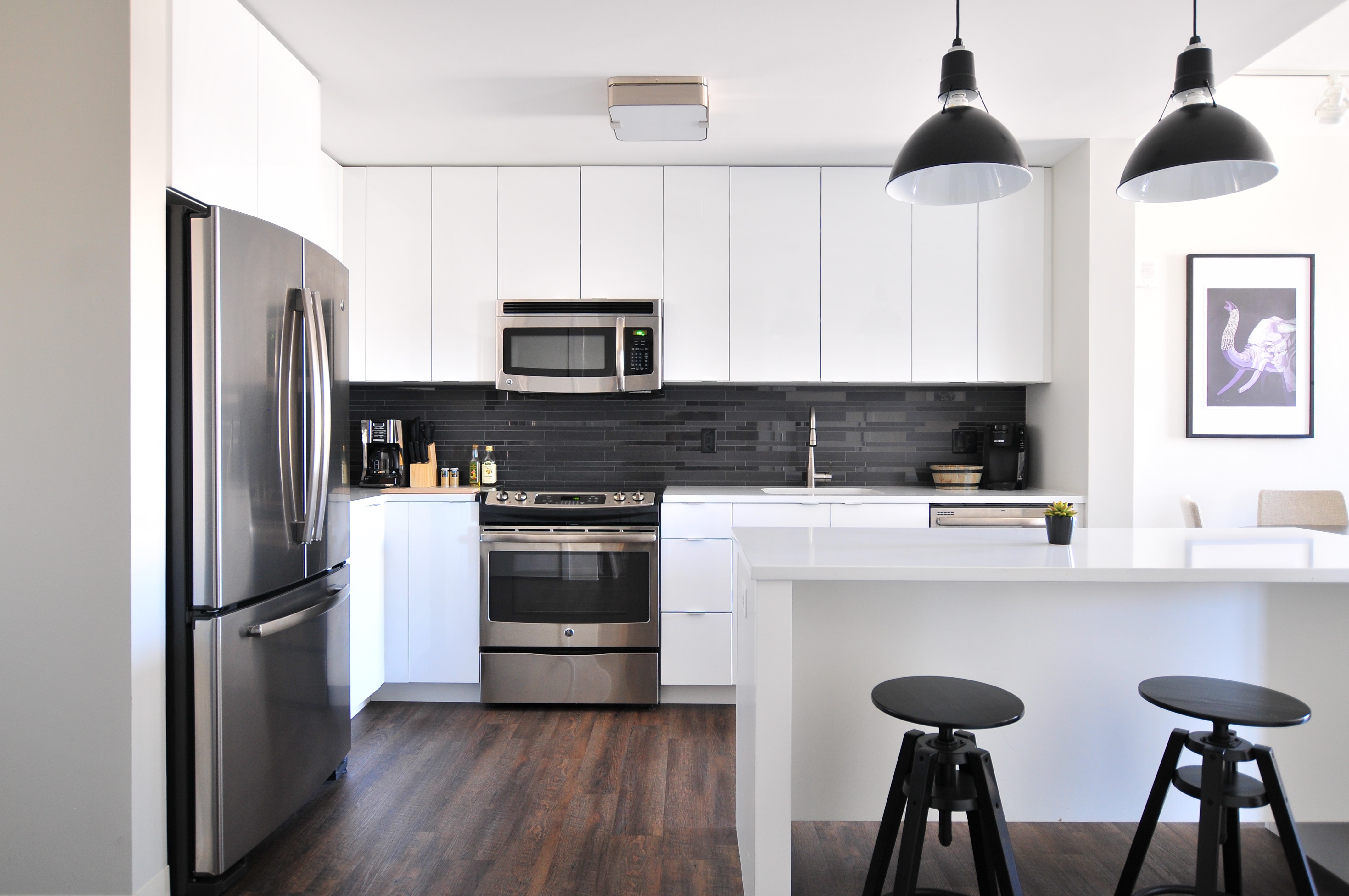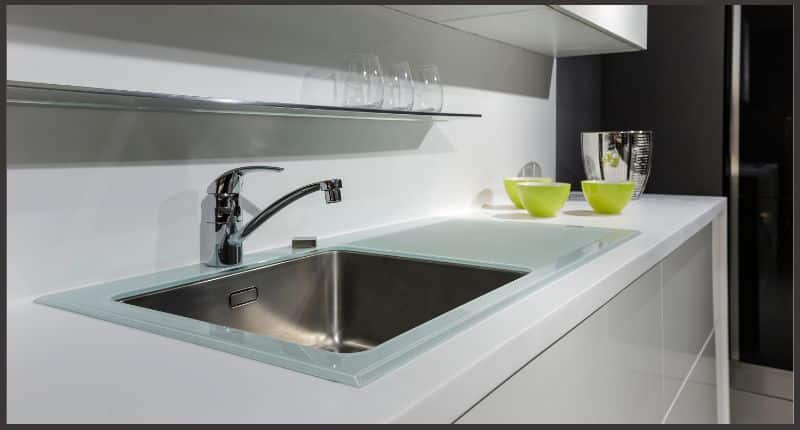Welcome to our guide on how to organize your kitchen cabinets, specifically focusing on pots and pans. If you’re tired of rummaging through a chaotic mess every time you want to cook, this is the perfect solution for you. By implementing efficient and practical organization techniques, you can transform your cluttered kitchen cabinets into an organized and functional space. Say goodbye to misplaced lids, tangled handles, and wasted time searching for the right cookware. Whether you have a small kitchen or ample storage space, we will provide you with simple yet effective tips to optimize your cabinets and create a streamlined cooking experience. Let’s dive in!
Table of Contents
How to Organize Kitchen Cabinets: Pots and Pans
If you’ve ever found yourself rummaging through cluttered kitchen cabinets, desperately searching for that one pot or pan you need to cook dinner, then you know firsthand the frustration and time wasted by disorganized kitchen storage. A well-organized kitchen not only saves you time and stress, but it also makes cooking a more enjoyable experience. In this article, we will take a deep dive into how to organize your kitchen cabinets, specifically focusing on pots and pans.
Assess Your Inventory
Before you begin organizing your kitchen cabinets, it’s essential to take stock of your pots and pans. Empty all your cabinets and gather all your pots, pans, lids, and other cooking essentials in one place. This will help you see what you have and decide what items need to be kept, donated, or discarded.
Once you have everything gathered, inspect each piece for damage, such as scratches or broken handles, and assess the condition. Set aside any items that are no longer usable or that you haven’t used in the past year. Decluttering your kitchenware will free up valuable space and make it easier to organize your remaining items.
Group Similar Items Together
One of the keys to effective organization is grouping similar items together. Start by categorizing your pots and pans based on their size and function. For example, you can group small saucepans together, medium-sized pots together, and larger stockpots together. The same applies to your pans – group frying pans, baking sheets, and other similar items.
By grouping similar items together, you’ll not only have a clearer picture of your inventory, but you’ll also be able to assign designated spaces in your kitchen cabinets for each category, making it easier to find what you need when you need it.
Choose the Right Storage Solutions
Once you’ve grouped your pots and pans, it’s time to consider the storage solutions that will work best for your cabinets. Here are some ideas:
1. Adjustable Shelving
Many kitchen cabinets come with fixed shelves, which might not accommodate larger pots and pans. Consider installing adjustable shelving to maximize your storage space. This allows you to customize the height between shelves, ensuring that your taller pots and pans can fit comfortably.
2. Pull-Out Organizer
A pull-out organizer is an excellent addition to your kitchen cabinets, especially for housing lids. This organizer typically consists of vertical dividers that can be pulled out, allowing you to easily access and locate the lid you need without rummaging through a stack of pots and pans.
3. Hanging Rack
If you have limited cabinet space, consider installing a hanging rack on the kitchen wall or ceiling. This is a great solution for storing pots and pans that you use frequently, as it keeps them easily accessible while freeing up valuable cabinet real estate.
4. Stackable Pot and Pan Organizer
Stackable pot and pan organizers are a lifesaver, particularly for smaller kitchens. These organizers have slots to stack your pots and pans neatly, preventing scratches and maximizing storage space. They also make it easier to access specific cookware without having to maneuver around a tower of pots and pans.
Arrange Strategically
Now that you have your storage solutions in place, it’s time to arrange your pots and pans strategically. Here are some tips to consider:
1. Prioritize Accessibility
Arrange your pots and pans based on their frequency of use. The items you use most frequently should be within easy reach, while those you use less often can be stored in higher or harder-to-reach cabinets. This way, you’ll be able to grab your go-to cookware without any hassle.
2. Nesting and Stacking
Maximize your cabinet space by nesting pots and pans inside each other. For instance, if you have a set of nesting pans, stack them together to save space. Additionally, consider placing lids inside pots to keep everything organized and streamline your storage system.
3. Utilize Dividers
Dividers are invaluable tools for keeping your pots and pans neat and organized. They help separate items and prevent them from shifting and creating a mess every time you open your cabinet. Place dividers vertically and horizontally to create compartments for each pot, pan, and lid.
4. Labeling
If you want to take your organization to the next level, consider labeling your cabinets, shelves, or storage solutions. Labeling ensures that each item has a designated space, making it easier for everyone in your household to maintain the organization system.
Maintain Your System
Organizing your kitchen cabinets is not a one-time task. With regular use, things can quickly become disorganized again. To maintain your newly organized cabinets, make sure to:
1. Clean and Declutter Regularly
Take a few minutes each month to declutter your cabinets and assess whether any items need to be discarded or donated. Wipe down your shelves and storage solutions to keep them clean and free of dust and grime.
2. Return Items to Their Designated Spots
After each use, take a moment to return your pots, pans, and lids to their assigned places. Encourage other members of your household to do the same. Creating a habit of returning things to their designated spots will help maintain order and prevent chaos from reigniting in your kitchen cabinets.
3. Make Adjustments as Needed
As your cooking style and needs evolve, you may find that your current organization system no longer serves you optimally. Don’t be afraid to make adjustments and tweak your storage solutions as needed. Flexibility is key to achieving long-term organization.
The Benefits of an Organized Kitchen
Beyond the convenience and time-saving advantages, an organized kitchen offers several other benefits. Firstly, it enhances safety by reducing the risk of accidents, such as heavy pots falling out when you open a cabinet door. Secondly, it improves the lifespan of your cookware by preventing scratches and damage that can occur when items are haphazardly piled together.
Lastly, an organized kitchen has a positive impact on your mental well-being. A clutter-free and aesthetically pleasing space can reduce stress and promote a sense of calm as you cook and navigate your way through meal prep.
In Conclusion
Organizing your kitchen cabinets, particularly when it comes to pots and pans, can transform your culinary experience. By strategically sorting and storing your cookware, and implementing the right storage solutions, you’ll save time, improve safety, and create a more enjoyable cooking environment.
Remember, the key is to assess your inventory, group similar items together, choose the right storage solutions, and arrange everything in a way that prioritizes accessibility. By following these steps and maintaining your system, you’ll have a well-organized kitchen that is a joy to cook in.

Photo by Naomi Hébert on Unsplash
Additional Guide
Here are three related articles links that can be internal linked:
1. How to Make a Small Kitchen Look Bigger: This article provides tips and tricks on maximizing space in a small kitchen, which can be helpful when organizing kitchen cabinets for pots and pans.
2. Wood Kitchen Cabinet: 10 Best Ideas for Stylish and Functional Storage: This article offers insights on different wood kitchen cabinet designs that can be used to effectively store pots and pans, providing organizational solutions.
3. KitchenAid Knife Set: Ultimate Cutting Performance for Your Kitchen: While this article focuses on knife sets, having proper storage for knives is essential in an organized kitchen. It offers insights into high-quality knife sets that can complement the organization of pots and pans in kitchen cabinets.
Please note that all the above-mentioned internal links use the tag to create clickable links within the content.
FAQs: How to organize kitchen cabinets pots and pans
1. How should I organize my kitchen cabinets to accommodate pots and pans?
Start by decluttering your cabinets and removing any unnecessary or rarely used cookware. Then, group similar items together, such as all pots in one area and all pans in another. Consider using pot and pan racks or adjustable dividers to make the most of the available space. Stack smaller pots and pans inside larger ones to save room, and ensure that frequently used items are easily accessible.
2. What is the best way to store lids for pots and pans?
Lids can be a challenge to store neatly. One practical solution is to use a lid organizer or rack that mounts on the inside of a cabinet door or drawer. Alternatively, you can arrange them vertically by placing them inside a shallow container or a wire rack. If space permits, consider storing lids on their respective pots or pans, as this can help save valuable cabinet space.
3. How can I prevent my pots and pans from getting scratched or damaged?
To protect your cookware, consider using cookware protectors or placing a layer of paper towel or felt between stacking pans to prevent scratches. Avoid using metal utensils when cooking in non-stick pans, as they can damage the coating. Additionally, store your pots and pans with care, ensuring they are not stacked haphazardly or dropped, which can cause dents or other damage.
4. What are some space-saving options for organizing pots and pans?
If space is limited, there are several space-saving options available. Install a hanging pot rack from the ceiling or underneath a cabinet to free up cabinet space. Vertical pot and pan organizers or adjustable shelves can also maximize storage. Consider using stackable pots and pans or nesting sets that can be stored compactly. Lastly, utilizing the space on the kitchen walls or the back of cabinet doors for additional storage can help create more room for your pots and pans.


